Top speed 501 km/h Length 15 m First flight April 26, 1963 | Wingspan 20 m Retired 7 January 2007 | |
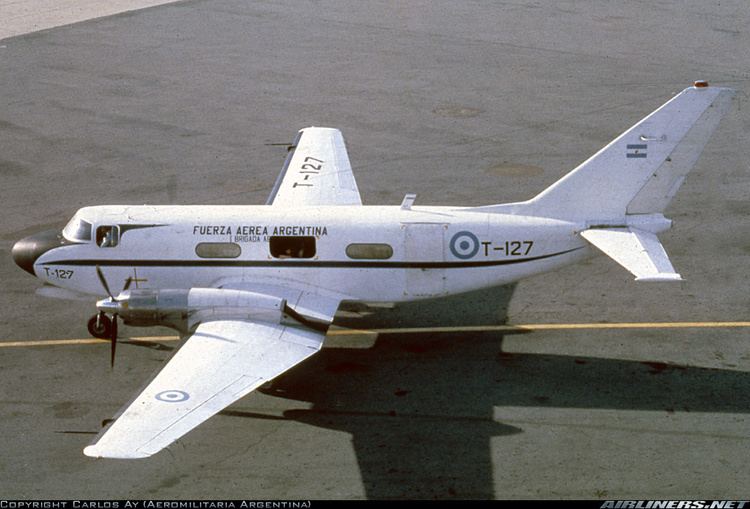 | ||
Manufacturer Fábrica Argentina de Aviones | ||
The I.A. 50 Guaraní II was an Argentine utility aircraft designed at the DINFIA (successor to the "Instituto Aerotecnico" - AeroTechnical Institute) in the early 1960s.
Contents
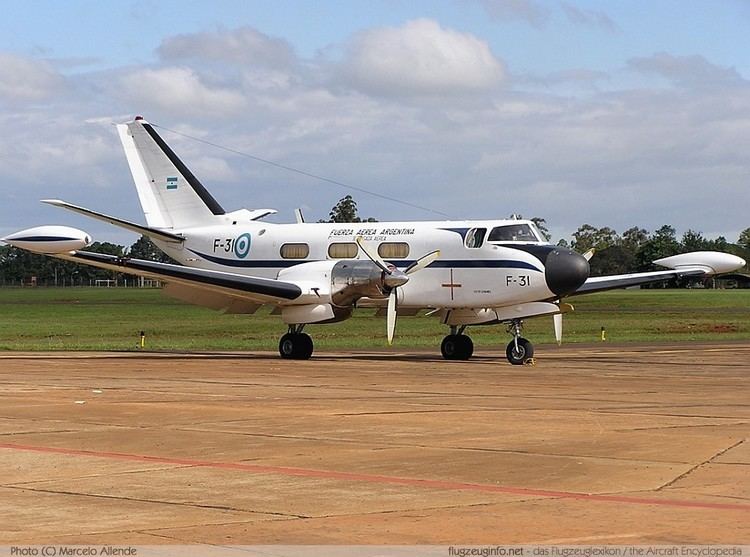
History
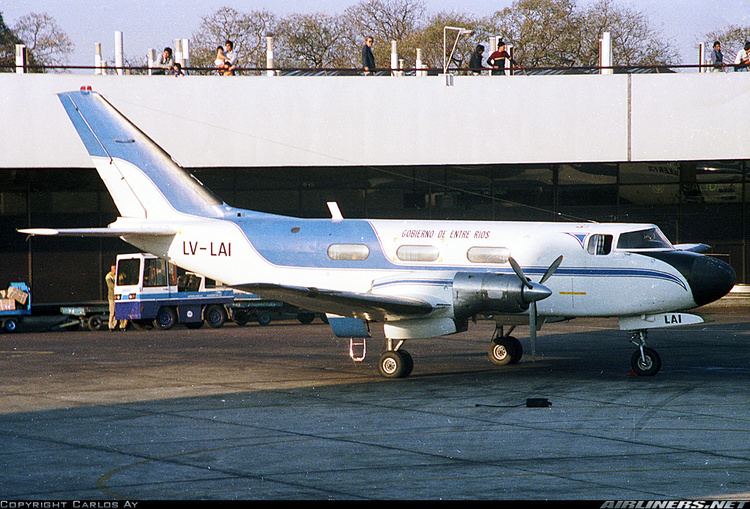
In the early 1960s, the Argentine state aviation conglomerate, DINFIA, realised that its IA 35 Huanquero twin-piston engined light transport was becoming outdated, and it was decided to develop a turboprop-engined derivative. While of similar layout to the Huanquero, with both aircraft being twin-engined low-wing monoplane of all metal construction with a twin tail, the new aircraft, the Guaraní, shared only 20% of the structure of the Huanquero. It was powered by two Turbomeca Bastan III engines each rated at 850 shaft horsepower (630 kW). It first flew on 6 February 1962.
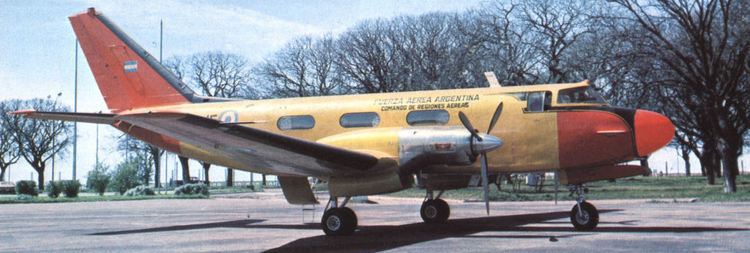
The aircraft was further developed as the Guaruani II; the main difference being a single swept fin and a shortened rear fuselage. It also used more powerful (930 shaft horsepower (690 kW)) Bastan VIA]] engines. The fuselage was semi-monocoque with a squared cross-section, having unswept wings and swept tailplanes. The prototype Guaraní was rebuilt to this standard and flew in this form on 26 April 1963.
Operations
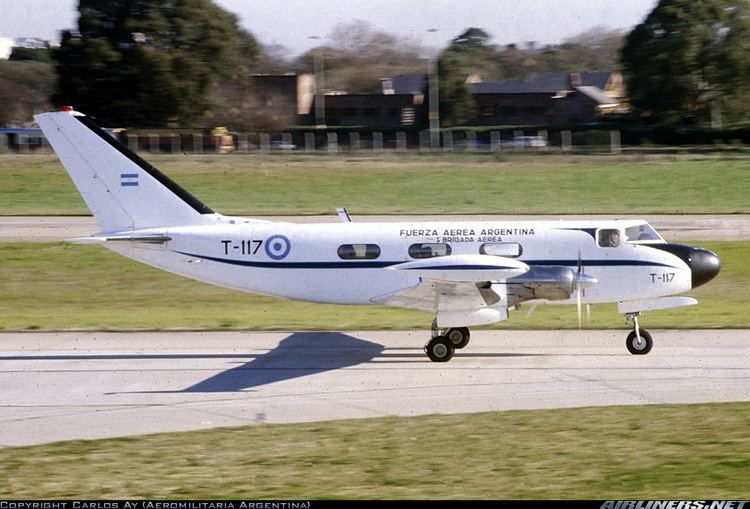
In June 1965 the Guarani II prototype (serial number TX-01) was exhibited and flown at the Paris Air Show at Le Bourget Airport, France). TX-01 was later flown to the CEV (“Centre d’Essays en Vol”, Air Test Centre) at Istres, France, for technical evaluation, where it was tested for a total of 200 flying hours. It was flown back to the FMA, Argentina in February 1966, being the first Latin American-built aircraft to fly across the Atlantic Ocean.
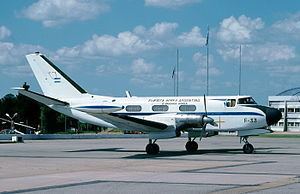
The last flying example, retired in 2006 at the II Brigada Aérea (IInd Air Brigade), at Paraná, Entre Rios, Argentina, is currently preserved at the National Aeronautics Museum ("Museo Nacional de Aeronáutica") of the Argentine Air Force (Fuerza Aérea Argentina), at Morón, Buenos Aires, Argentina.
Users
Specifications (IA 50)
Data from Jane's All The World's Aircraft 1965-66
General characteristics
Performance
